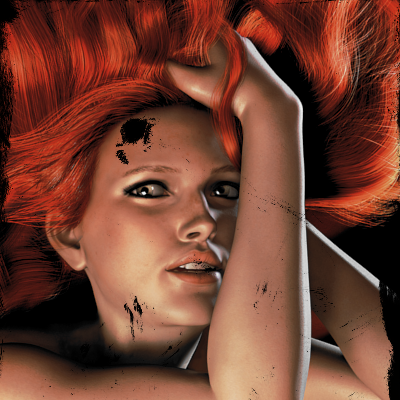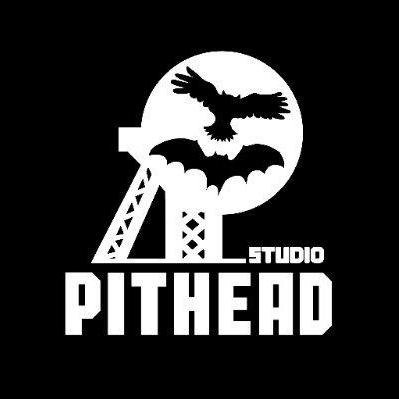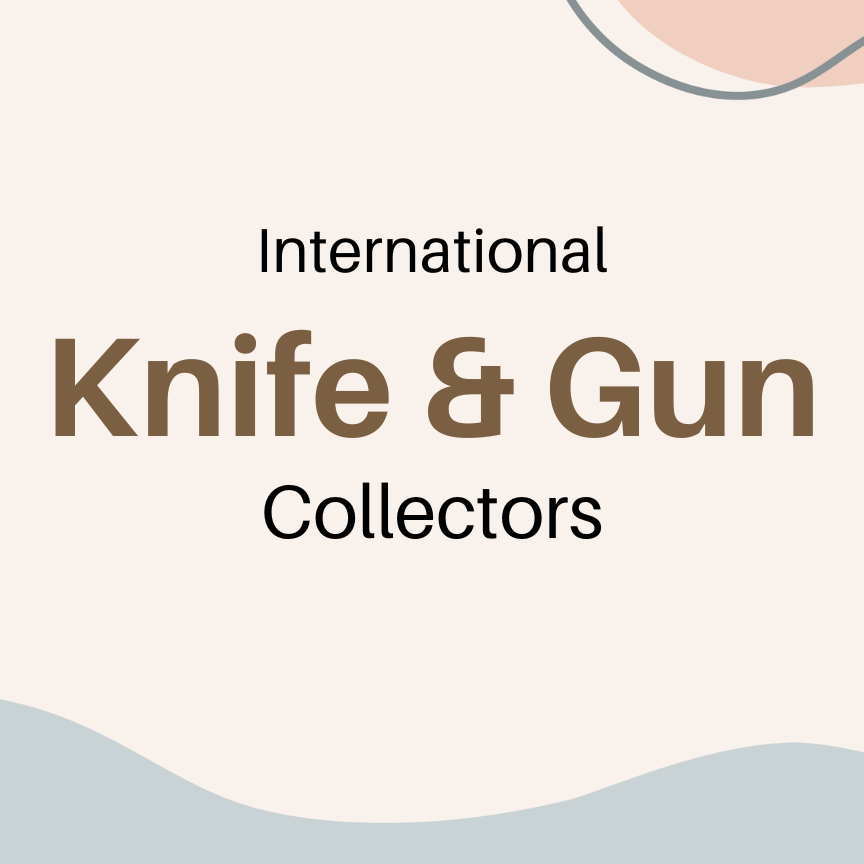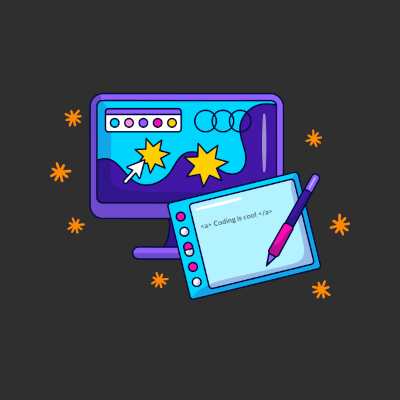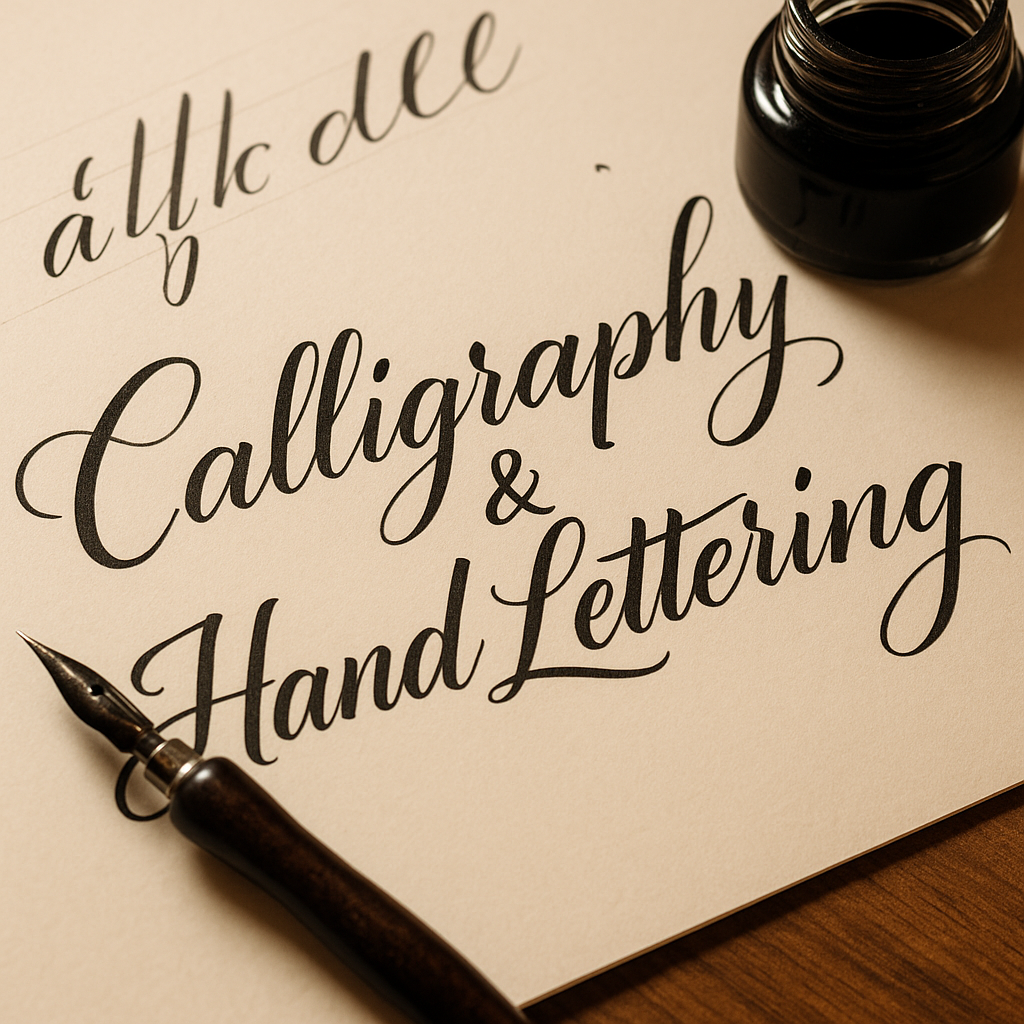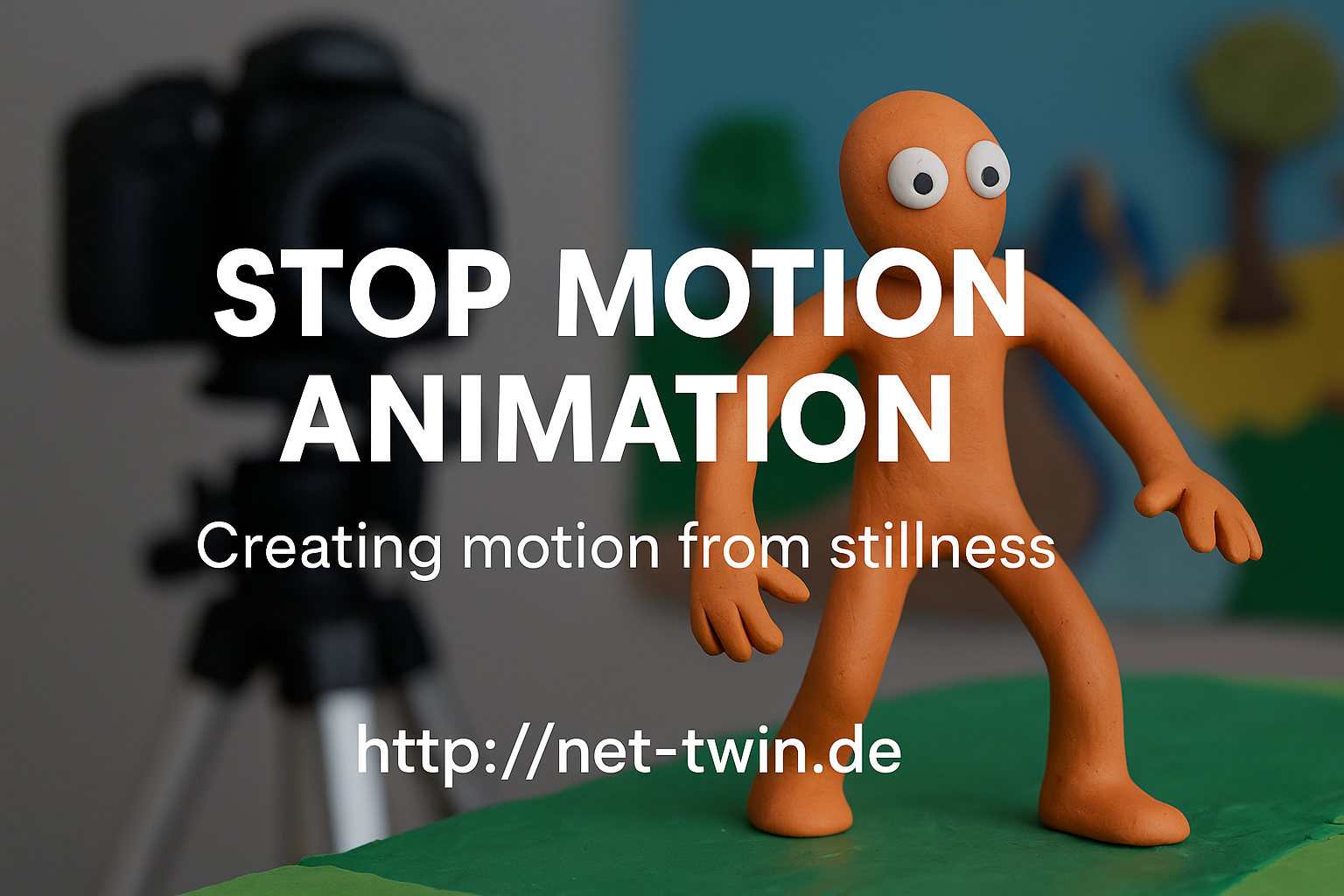ATTENTION - anyone who registers an account here just to advertise their own business for free, don't even bother, all these accounts will be deleted immediately!!!
Exceptions:
If your business is in the field of art, hobbies, design, multi-media, gaming industry etc. then it's OK for us if you create accounts, but only if you show what you do, for example, you create a beautiful new web design, or decorate an apartment in a beautiful style, or you have new colors in your shop for hobby supplies and demonstrate them in a tutorial etc..
Simply advertising your business is not an option and as a free service, our money is too precious to pay for expensive web space for your advertising.
We are a community for creative people and their hobbies, if you just want to advertise go to Facebook. We want to spare our users your intrusive and boring advertising, unless you combine it with valuable content (tutorials, project reports, portfolios etc.).
Thank you for your attention.
The Net-Twin Team
Exceptions:
If your business is in the field of art, hobbies, design, multi-media, gaming industry etc. then it's OK for us if you create accounts, but only if you show what you do, for example, you create a beautiful new web design, or decorate an apartment in a beautiful style, or you have new colors in your shop for hobby supplies and demonstrate them in a tutorial etc..
Simply advertising your business is not an option and as a free service, our money is too precious to pay for expensive web space for your advertising.
We are a community for creative people and their hobbies, if you just want to advertise go to Facebook. We want to spare our users your intrusive and boring advertising, unless you combine it with valuable content (tutorials, project reports, portfolios etc.).
Thank you for your attention.
The Net-Twin Team
👉 ATTENTION - anyone who registers an account here just to advertise their own business for free, don't even bother, all these accounts will be deleted immediately!!! 👈
Exceptions:
If your business is in the field of art, hobbies, design, multi-media, gaming industry etc. then it's OK for us if you create accounts, but only if you show what you do, for example, you create a beautiful new web design, or decorate an apartment in a beautiful style, or you have new colors in your shop for hobby supplies and demonstrate them in a tutorial etc..
Simply advertising your business is not an option and as a free service, our money is too precious to pay for expensive web space for your advertising.
We are a community for creative people and their hobbies, if you just want to advertise go to Facebook. We want to spare our users your intrusive and boring advertising, unless you combine it with valuable content (tutorials, project reports, portfolios etc.).
Thank you for your attention.
The Net-Twin Team 😍






